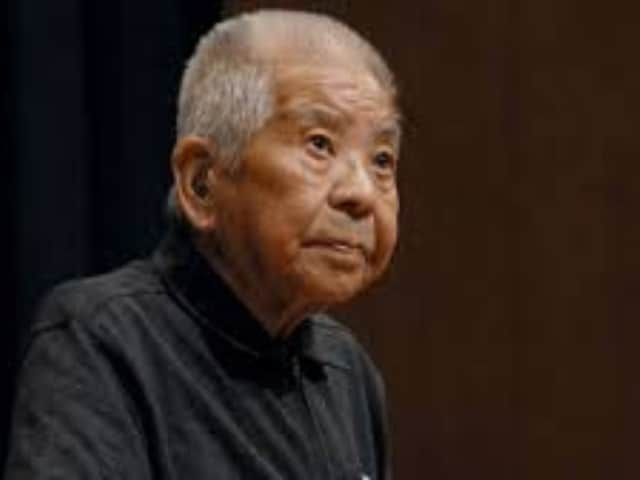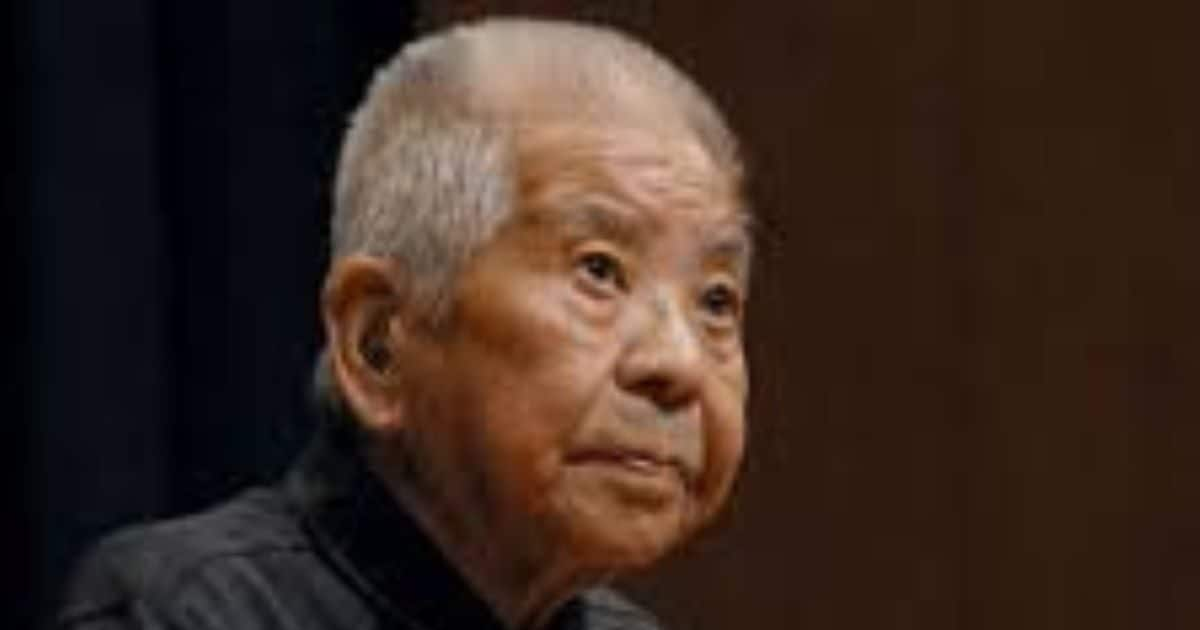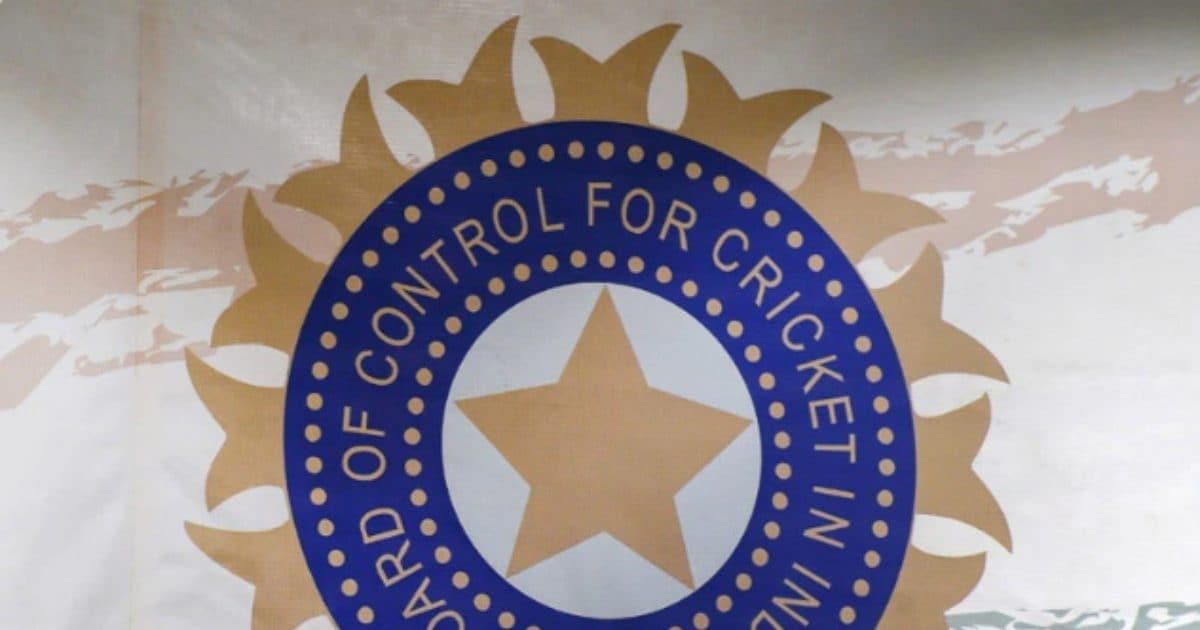Last updated:
When the first atomic bomb fell on Hiroshima on August 6, 1945, Sutomu Yamaguchi was there. He survived the explosion. Three days later he reached Nagasaki, where once again survived the bomb. Here is their story …
 Sutomu Yamaguchi- ‘Jaako rakhe saiyan, can kill no one …’
Sutomu Yamaguchi- ‘Jaako rakhe saiyan, can kill no one …’ Highlights
- Sutomu Yamaguchi Hiroshima and Nagasaki survived in bomb blasts
- They were recognized to survive in both atomic bomb blasts
- Sutomu Yamaguchi died in 2010 at the age of 93
Sutomu Yamaguchi was in Hiroshima when the first bomb was dropped. He survived and later survived the bomb blast in Nagasaki on 9 August. The day the second bomb was dropped. Yamaguchi was officially recognized as the survivors in both nuclear bomb blasts. He died in 2010 at the age of 93. But how did he survive both explosions? Let’s take a look at it…
Who was Sutomu Yamaguchi?
Sutomu Yamaguchi was preparing to leave Hiroshima when the first atomic bomb was dropped. At that time, he was 29 years old and he was working as an engineer in Mitsubishi Heavy Industries. According to History.com, he went on a three -month business trip. 6 August 1945 was his last day in the city. He and his colleagues worked on the plan of a new oil tanker in summer. Yamaguchi was desperate to return home to his wife Hisako and his young son Katsutoshi.
How did Hiroshima survive in bombing?
On August 6, when he was preparing to leave, Hiroshima’s sky suddenly changed. Merika dropped her first atomic bomb, named ‘Little Boy’. When Yamaguchi looked up, an American B-29 bombing aircraft was flying. He left a small item related to parachute. After a few moments, the sky was filled with a sharp glow. Later, he described it as lightning of a huge magnesium brightness. He jumped into a ditch to save himself. But the explosion pulled him up from the ground. A wave of shock bounced them in the air and threw them into a nearby potato field.
Bright morning turned into black sky
When he regained consciousness, everything around him was dark. The explosion converted that light morning into a black sky. According to History.com, his face and hands were badly burnt and both ears curtains were torn. The ash was falling in large quantities and he could see mushroom -shaped clouds up over the city. Yamaguchi stunned and moved towards the remains of Mitsubishi Shipyard. There he found his colleagues Akira Ivanga and Kuniyoshi Sato who survived. That night, the three took refuge in an air -hit bunker. On August 7, when he came to know that the railway station was still running, they left from there.
How did Yamaguchi survive in Nagasaki bombing?
After returning to his wife and child, Sutomu Yamaguchi underwent treatment at a local hospital on 8 August. His injuries were so serious that even his family members could not recognize him first. According to the report, when he reached home, he had fever and strips were tied on the body. His mother considered him a ghost. Despite being weak and barely able to move, Yamaguchi got up from bed on the morning of August 9 and went to work in Mitsubishi’s Nagasaki office. He went to a meeting where a director of the company asked him to tell him about the incident in Hiroshima. As soon as Yamaguchi tried to tell how a bomb destroyed the entire city. The outside sky suddenly shone with a bright white glow. Yamaguchi fell on the ground a few seconds before the shocking arrived. The blast broke the office windows. The glass and debris were scattered throughout the room.
Died at the age of 93
Later in an interview to The Independent, he said, “I felt that Mushroom Badal is following me with Hiroshima.” A year before his death in 2009, Yamaguchi told reporters, “My double radiation risk is now an official government record. It can tell the younger generation to tell the horrific history of nuclear bomb blasts even after my death. Yamaguchi died in 2010 after battling stomach cancer at the age of 93.
Recognized as ‘Niju Hibakusha’
It is believed that about 165 people may have experienced both atomic bomb blasts. However, Yamaguchi was the only person who was officially recognized by the Japanese government as ‘Niju Hibakusha’. Which means ‘a person killed twice with a bomb’. Japan is the only country to suffer atomic bomb attacks. According to The Washington Post, about 1,40,000 people were killed in Hiroshima and 70,000 in Nagasaki.




